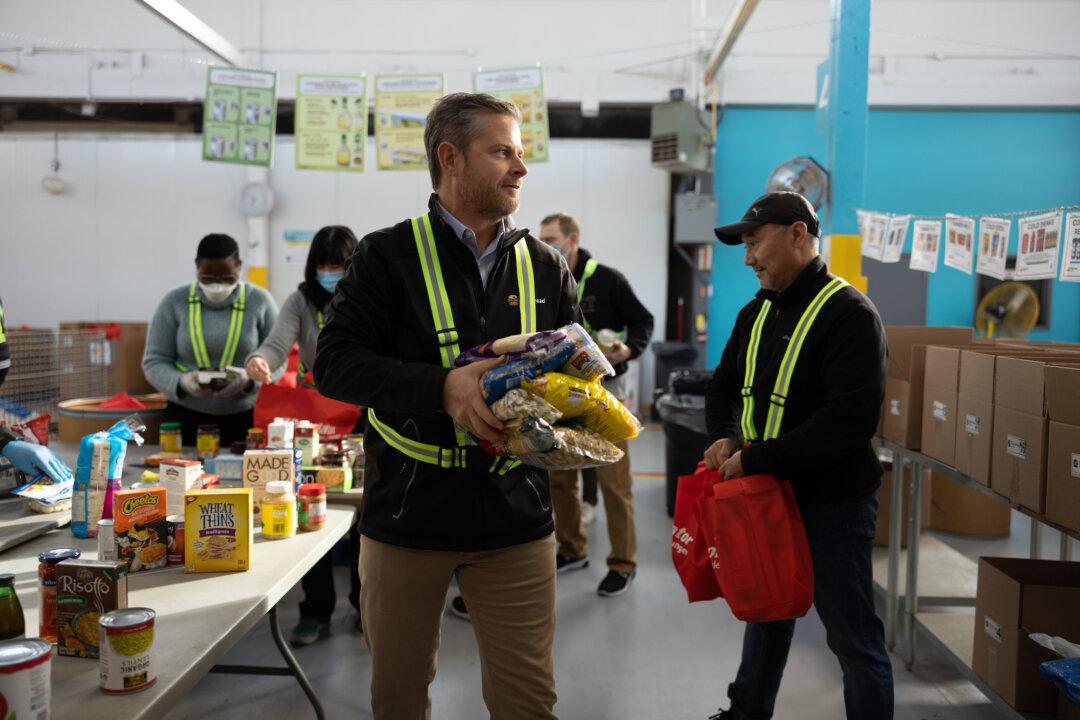Following a ban on plastic bags at supermarkets and liquor stores in late 2022, the federal government is gearing up to ban single-use plastics used in food packaging.
“Plastics play an important role in the everyday lives of Canadians. However, a significant amount of plastic food packaging is used only once and then ends up in landfills as waste, or in the environment as pollution," Minister of Environment and Climate Change Steven Guilbeault said in a statement on Aug. 1.





